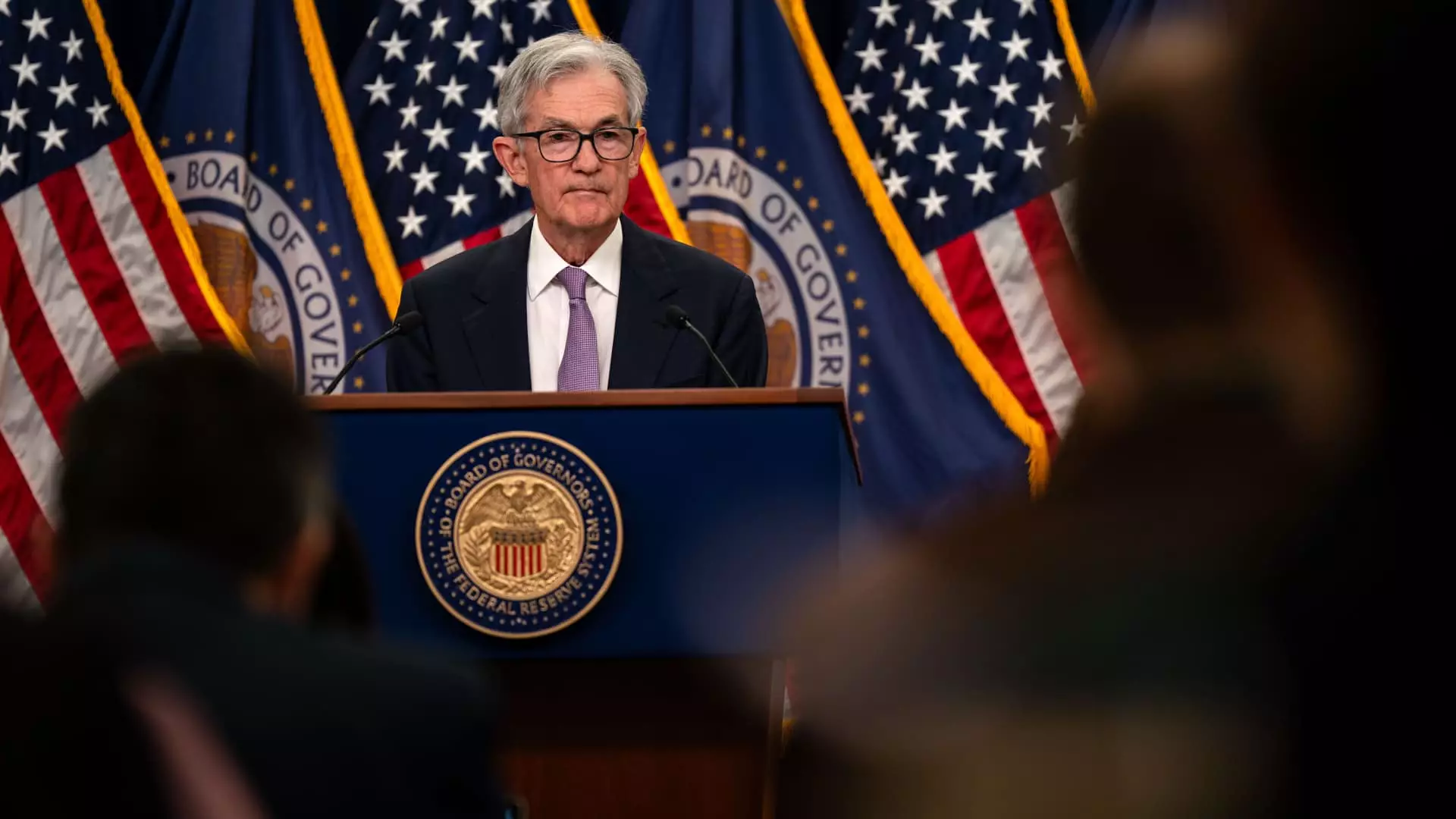As the political landscape transforms and economic indicators fluctuate, the Federal Reserve finds itself treading cautiously through a complex environment. The minutes from their December meeting highlight this delicate balance as officials consider a multitude of factors—including political changes under President-elect Donald Trump—that might influence the U.S. economy and, consequently, monetary policy. The Fed’s approach amid rising inflation concerns and global trade tensions underscores the imperative of adaptability and prudence in their decision-making processes.
The Federal Reserve’s discussions reflected unease about the incoming administration’s potential economic policies. Without explicitly naming Trump, officials pointed out that anticipated changes in immigration and trade could have significant implications for inflation and economic growth. Trump’s proposals, which include aggressive tariffs and deregulation, heralded an era of uncertainty that the Fed could not ignore. The implications of these policies are vast; they could curtail economic expansion, disrupt existing trade relationships, and add upward pressure to domestic prices. Such considerations indicated that the Fed was prepared to take a cautious approach to monetary policy, favoring a slower pace of rate cuts in light of unpredictable external factors.
This reaction illustrates the inherent challenge of balancing monetary policy with an evolving political backdrop. The Fed’s responsibility extends beyond mere economic forecasting; it involves anticipating how policy adjustments and global relations can shape the economic landscape in the months and years ahead. The caution expressed in the meeting minutes was not merely precautionary; it was a necessary measure to navigate an uncertain terrain that could affect fundamental economic stability.
During the December meeting, committee members opted for a reduction in the central bank’s benchmark borrowing rate, setting it within the 4.25%-4.5% range. However, alongside this cut, they revised their projections for future rate decreases—cutting their expected number from four to two by 2025. This decision illustrates a significant shift in perspective, likely driven by the recognition that while current inflation rates exceed their target, there is a need for careful calibration of further actions.
The minutes revealed a consensus among officials that the pace of rate cuts warranted a reassessment. There was acknowledgment that the policy rate is now close to its neutral level, suggesting that a more cautious approach is essential. The recent economic landscape has shown resilience, with solid consumer spending and stable employment figures, reinforcing the notion that the economy can handle a measured approach to monetary easing. Despite the potential for inflation to run higher than desired, the Fed appears intent on avoiding erratic movements that might exacerbate uncertainty.
The inflation outlook, as posited in the December meeting, raised alarms among Fed members. Core inflation stood at 2.4% in November, pushing the Fed beyond its customary threshold. The expectation that inflation remains above target for an extended period has altered the Fed’s forecasting models, now suggesting a return to the target rate may not happen until 2027. This long timeline for stabilization underscores the complexity involved in formulating effective monetary policy in a currently heated economic climate.
Chair Jerome Powell’s metaphor of “driving on a foggy night” encapsulated the prevailing sentiment. Participants recognized the need for a methodical pace to further policy changes, allowing time to gauge how prior rate cuts have influenced economic dynamics. The focus on a gradual approach, as stated in the minutes, is a testament to the Federal Reserve’s commitment to ensuring economic stability while mitigating the risks posed by unforeseen external variables.
Looking toward the future, the Fed is committed to a data-driven strategy, evaluating economic indicators carefully before making any definitive policy shifts. The anticipation of two additional rate cuts in 2026 illustrates a forward-thinking framework, where future decisions hinge upon evolving economic conditions. The mention of varying factors—such as consumer behavior, inflation trajectories, and employment stability—reiterates an understanding that monetary policy cannot be static; it must adapt to the real-time economic landscape.
The Federal Reserve’s recent meetings thus reflect a period marked by caution, reflecting the complexities of both domestic and international economic pressures. The interplay of political transitions, inflation concerns, and global trade relations will poise the Fed for an era of navigational prudence as they seek to balance progressive monetary policy with a steady commitment to sustainable economic growth. At the heart of this strategy lies a vigilant examination of the risk and opportunity points that will shape the U.S. economy’s trajectory in the years to come.

